





Report Overview:
Hydrophilic coating technologies make polymeric devices susceptible to fluids by grafting polymers into covalent bonds to create water-attracting surfaces. The lubricity and water retention characteristics reduce the force required to manipulate intravascular medical devices during interventional procedures. They can decrease the frictional force between devices 10- to 100-fold and help reduce risk of damage to blood vessel walls, prevent vasospasm, and allow navigation in tortuous vascular pathways and lesions inaccessible to uncoated devices. Hydrophilic coatings have expanded the range of treatment sites for procedures such as balloon catheter angioplasty, neurological interventions, lesion crossing, and site-delivered drug therapies while reducing thrombogenicity. Reduced friction between therapy and support catheters has improved outcomes and reduced procedure time and cost.
This report provides a deep insight into the global Medical Hydrophilic Surface Coating market covering all its essential aspects. This ranges from a macro overview of the market to micro details of the market size, competitive landscape, development trend, niche market, key market drivers and challenges, SWOT analysis, value chain analysis, etc.








Market Value:
The global Medical Hydrophilic Surface Coating market size was estimated at USD 851 million in 2024 and is projected to reach USD 1331.54 million by 2032, exhibiting a CAGR of 5.10% during the forecast period. CAGR of 5.10% (2025 – 2032)








By Types:
• Nano Coating
• Metal Coating
• Polymer Coating



















